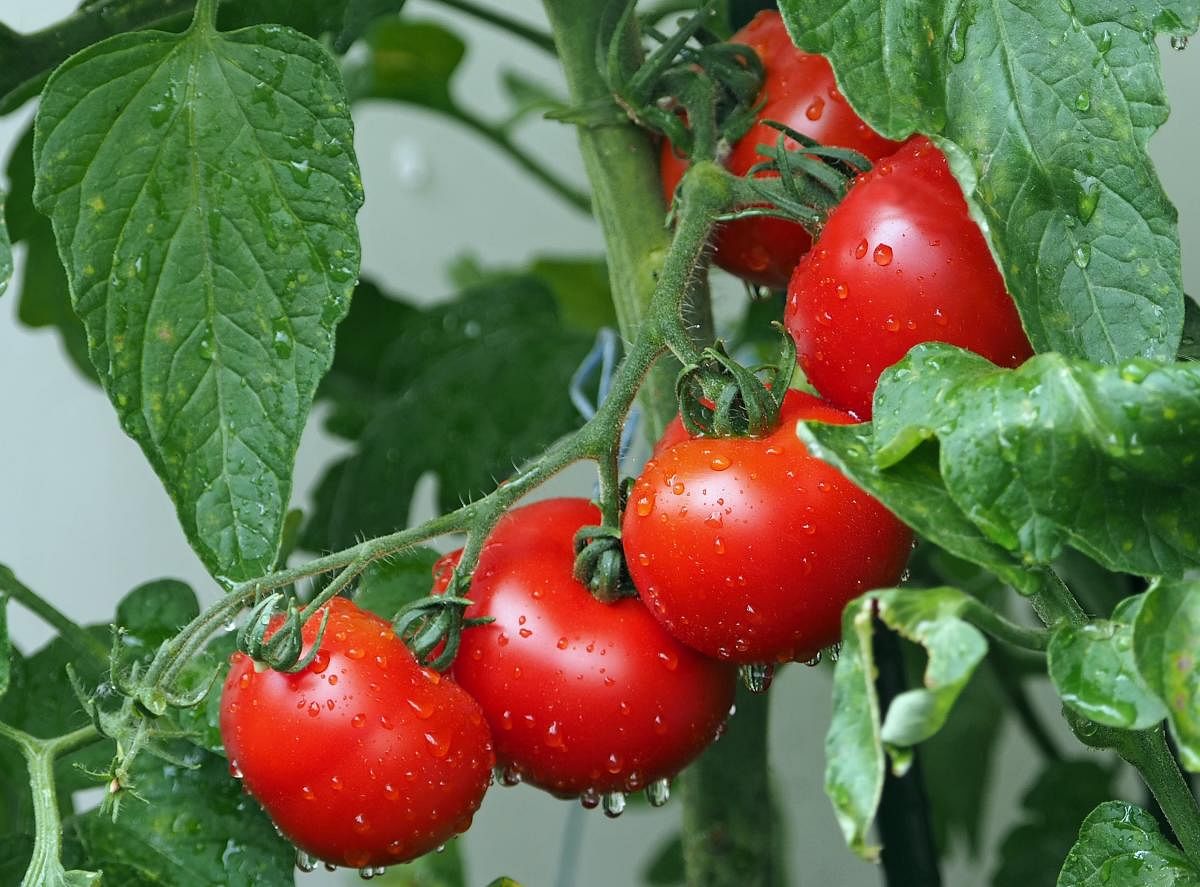
Some years ago, I started growing vegetables in my garden. The first batch of vegetables we grew were beetroots, cherry tomatoes, brinjals, ring beans, ladies’ finger, turnips, potatoes, radishes and carrots. Among them, the first to produce fruits were beans, followed by ladies’ finger.
Before I continue, I want to give you a quick definition of vegetables and fruits. Commonly, any edible portion of a plant is a vegetable. However, botanically, all that grows from a flower and contains seeds is a fruit: this includes tomatoes and brinjals. This dichotomy has been exploited over the ages, as in some countries, vegetables are taxed, but fruits are not!
Coming back to my story, our beetroots were harvested eight weeks later. They were of medium size. The beets were sweet and the leaves delicious when cooked. They tasted much better than the ones we buy at stores. The cherry tomato plants brimmed with ripe clusters for months. The joy of picking fresh tomatoes for a salad, or coriander to garnish food was a dream-come-true moment.
Never too perfect
Our first batch of brinjals was harvested without any hassles. The subsequent batches had worms and wilt. The brinjals remind me of a story my father would narrate. Once upon a time there was a grandmother who was very sick. She was on her deathbed, and Yama came for her. Well, who would want to die? The grandmother told Yama that she had a simple wish to fulfil before she went with him. She had planted a brinjal sapling recently and it was about to flower. Her last desire was to cook the fruit. She promised to him that when she harvests a healthy fruit, free of worms and infection, she’ll cook it and surrender to him. He thought it was a simple desire of a dying lady and granted it to her. Poor Yama had no idea that brinjals and worms go together! The grandmother had to reject every fruit because it either had a worm or was infected and in this way, prolonged her life on earth.
However, not everything we harvested the first time was perfect. The radishes were crooked. The carrots were the length of a finger and the potatoes were marble-sized. Humans have a fixed notion about sizes and shapes of vegetables. We avoid picking any vegetable that does not confirm to this notion. Sellers use this knowledge to their advantage and stock good looking (standardised) vegetables on their shelves. In turn, it falls on the shoulders of farmers to produce such standard produce. When we grow vegetables at home, we do not give much importance to this. We are happy with the “fruits” of our efforts.
We also grew greens — spinach, coriander, mint, sweet basil and fenugreek. We wondered if we could grow tugari bele (toor dal/pigeon pea) and we were happy it was perennial. Once you become familiar with the ways of growing and maintaining, the process of tending a vegetable garden becomes easy.
A simple way to grow greens
Let me share with you a simple method I follow for growing spinach. Take three uniformly sized pots and label them as week-1, week-2, and week-3. Layer the pots with soil. Divide the seeds into three equal parts. Start with sowing the seeds in the pot labelled week-1 and in the subsequent two weeks, sow in the other two pots. In the second week, the week-1 pot would have germinated. And by the third week, spinach in the week-1 pot would have sprung an inch tall. It takes 45 days for spinach to mature. The leaves have to be harvested at the right time as the old ones taste bitter. You can start harvesting leaves from the first pot and move to the subsequent ones with a gap of 10 to 15 days. This method will yield spinach for a few months. You can grow other greens too in the same manner.
Living in urban jungles, we mostly run short of time and space. Gardening in this environment is fulfilling and I encourage you to grow a simple vegetable garden for the joy of it. Everything we venture into has a learning curve and will be peppered with mistakes. We will learn better only if we persist. Of course, as I always say, gardening advice is similar to diet advice. What works for one doesn’t work for another. You have to find ways that suit your needs and environment.
Until next month then! Happy gardening and cheers from the Tomato flowers!
Motley Garden is your monthly pot-pourri of observations and lessons from gardening and nature.
The author is a botanical artist from Bengaluru. You can find her on Twitter and Instagram as @neelavanam